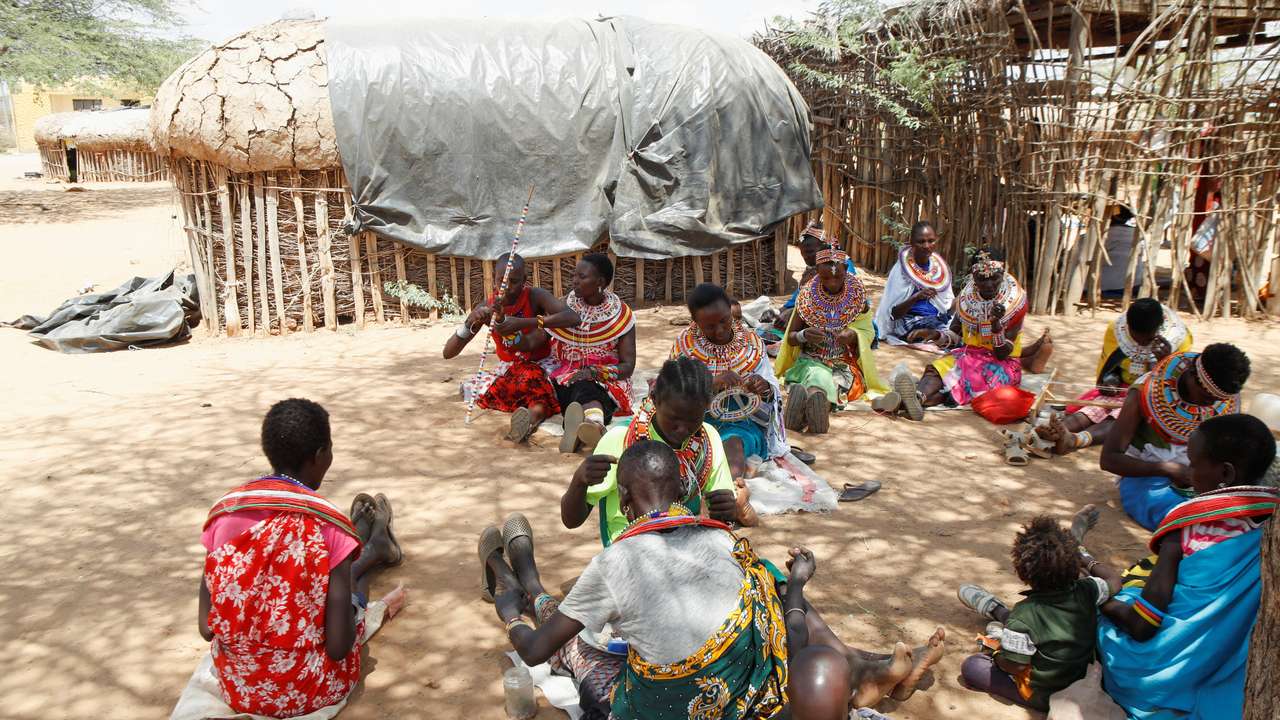Where millions of girls are still at risk of FGM amid global fight

Over 230 million girls and women across 94 countries face the ongoing challenge of Female Genital Mutilation (FGM), a harmful practice violating their human rights, according to UNICEF’s report
Despite global commitments to eliminate FGM by 2030 under Sustainable Development Goal 5.3, progress remains uneven, with high-prevalence countries struggling against cultural norms, medicalisation trends, and weak enforcement of anti-FGM laws.
Countries like Somalia, Guinea, and Sudan continue to face major challenges in tackling this widespread human rights violation, despite decades of global advocacy and legislative efforts.
The dangers
The practice, which has no health benefits and is mostly performed on young girls, involves the removal of the labia and clitoris. It can result in long-term physical and psychological harm, including severe infections, complications during childbirth, and post-traumatic stress disorder.
UNICEF’s 2024 report estimates that 144 million cases occur in Africa, 80 million in Asia, and 6 million in the Middle East, with an additional 1-2 million in diaspora communities globally.
Somalia leads with a 99% prevalence among women aged 15-49, followed by Guinea (97%) and Sudan (87%). An estimated 4.3 million girls were at risk in 2024, a number projected to reach 68 million by 2030 if current trends persist, UNFPA reports.
Progress
Progress has been made in some countries. Burkina Faso reduced FGM prevalence from 80% to 30% over three decades through strict enforcement and community education, while Ethiopia’s prevalence among youths dropped by 30%, according to UNICEF's Female Genital Mutilation Statistics.
However, in high-prevalence countries, challenges include rapid population growth, conflict, and insufficient funding. Ethiopia, Nigeria, and Sudan, which account for the largest numbers of survivors in conflict zones, face disrupted prevention programs due to political instability. UNICEF estimates that progress must accelerate 27 times faster to meet the 2030 target.
UNICEF Executive Director Catherine Russell has described FGM as a harmful practice that "harms girls' bodies, dims their futures, and endangers their lives. ” We need urgent, collective action to protect millions of girls.”, she added.
The End FGM European Network’s 2025 report calls for stronger legal enforcement and survivor-centred services, warning that reluctance to address FGM in non-African countries hinders progress toward equality.
This story is written and edited by the Global South World team, you can contact us here.